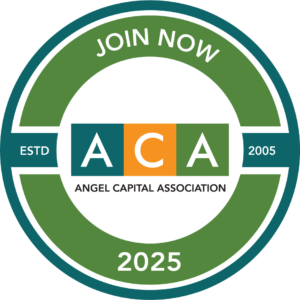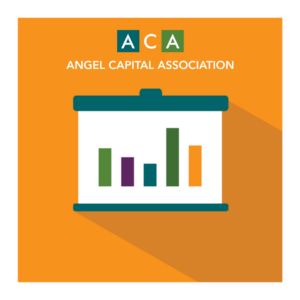Angel Insights Blog

Tuesday, May 31, 2016
How Do You Compare to Other Angel Investors?
By: Marianne Hudson, ACA Executive Director
Ever wonder how your investment activity and background compares to other angels in the US? Take The American Angel survey to put in your information and get early access to detailed reports to learn more.
ACA is partnering with Wharton Entrepreneurship to develop the first ever large dataset of US angel investors to understand who angels are demographically, how they became angel investors, how angels make decisions, and what level and type of investment activity they have. The project should benefit angels as an asset class as it brings more visibility to angels, supports a stronger early-stage investing environment, and lead to better public policies to support angel investing and innovative startups. It just might refute a lot of assumptions about angel investors that are incorrect.
But individual angels can also get the benefit of understanding how they compare to other American angel investors. I get questions all the time from angels who are trying to understand what the “average” angel investor activity is or is their path toward becoming an angel different than others.
Laura Huang, lead researcher for The American Angel campaign and assistant professor at the Wharton School at the University of Pennsylvania, provided a sneak peek at what we may learn from the survey at the 2016 ACA Summit earlier this month. So far the data from nearly 1,000 angels provides these tidbits:
- Angel checks written in 2015: Median = 2 and Mean = 4
- Total angel checks written in career: Median = 10 and Mean = 19
- Size of angel checks: Median = $25,000 and Mean = $35,030
- Plans for level of investing going forward: 27% will increase their angel investing, 53% will stay the same, and 20% will decrease
- How accredited investors first got involved in angel investing: the leading ways are angel groups, friends or associates brought them in, or they made their own choice to begin investing
To date, about 21% of the survey respondents are women. You can see more details in Laura’s presentation.
We have much to learn from a bigger set of angels and encourage angels not only to take the survey, but to share it with your colleague angels. The more angels who participate, the better the data and the more we all learn and benefit. Those who take 10 minutes to complete the survey will get early access to the results and also be in drawings for complimentary tickets to ACA events.







